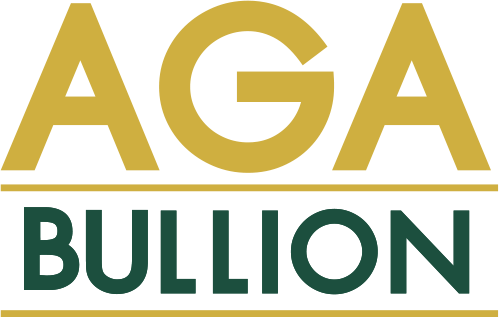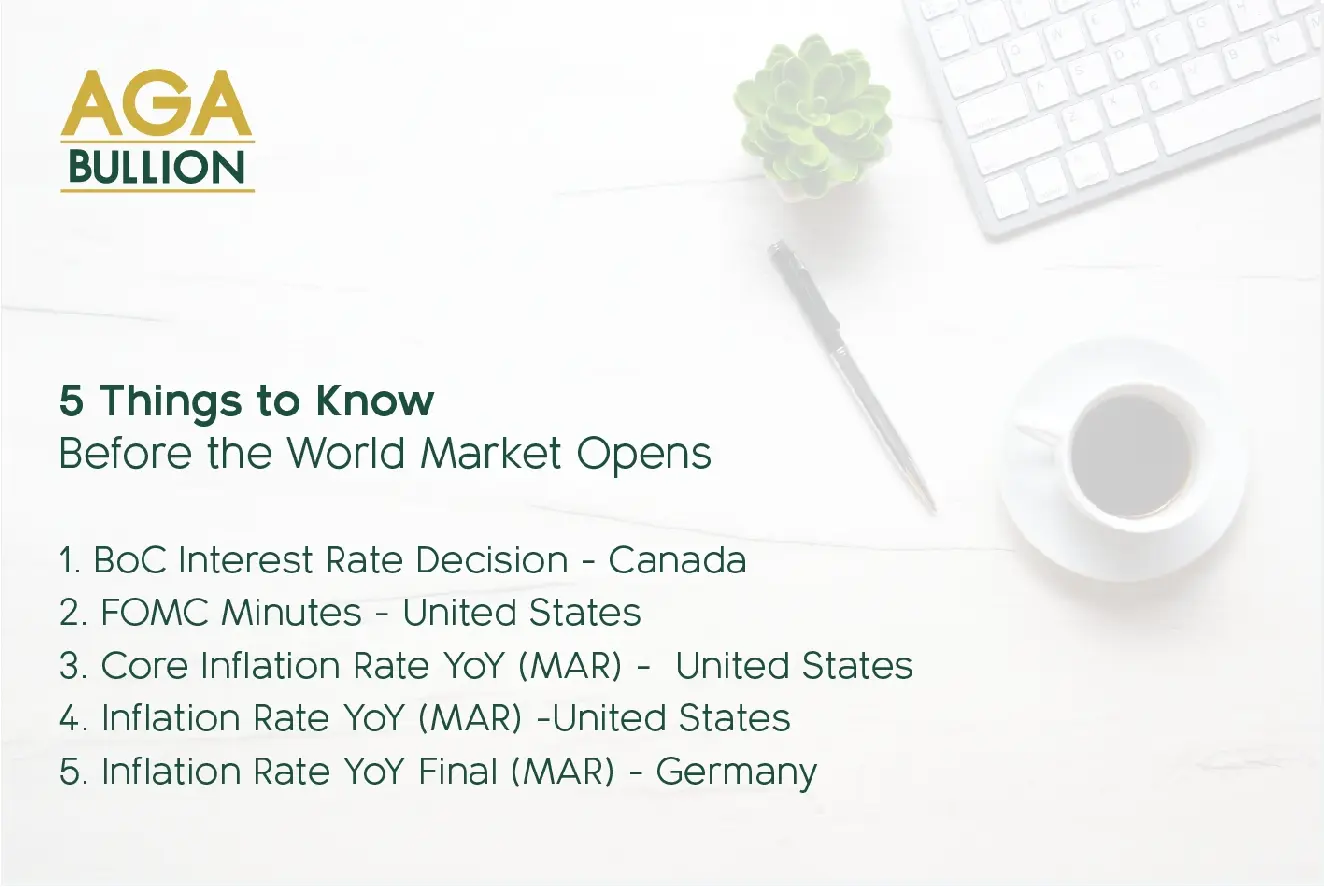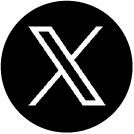BoC Interest Rate Decision - Canada
In Canada, benchmark interest rate is set by the Bank of Canada's (BoC) Governing Council. The official interest rate is the Overnight Rate. Since 1996 the Bank Rate is set at the upper limit of an operating band for the money market overnight rate. Previously, from March 1980 until February 1996 the Bank Rate was set at 25 basis points above the weekly average tender rate for 3-month Treasury bills.
FOMC Minutes - United States
In the United States, the authority to set interest rates is divided between the Board of Governors of the Federal Reserve (Board) and the Federal Open Market Committee (FOMC). The Board decides on changes in discount rates after recommendations submitted by one or more of the regional Federal Reserve Banks. The FOMC decides on open market operations, including the desired levels of central bank money or the desired federal funds market rate.
Core Inflation Rate YoY (MAR) - United States
In the United States, the core inflation rate tracks changes in prices that consumers pay for a basket of goods which excludes volatile food and fuel costs.
Inflation Rate YoY (MAR) -United States
In the United States, unadjusted Consumer Price Index for All Urban Consumers is based on the prices of a market basket of: Food (14% of total weight); Energy (8%); Commodities Less Food & Energy Commodities (21%) and Services Less Energy Services (57%). The last category is divided by: Shelter (32%), Medical Care Services (7%) and Transportation Services (6%).
Inflation Rate YoY Final (MAR) - Germany
In Germany, the most important categories in the consumer price index are Housing, water, electricity, gas & other fuels (32 percent of the total weight), Transport (13 percent), Recreation, entertainment & culture (11 percent) and Food & non-alcoholic beverages (10 percent). The index also includes Miscellaneous goods & services (7 percent), Furniture, lighting equipment, appliances & other household equipment (5 percent), Restaurant & accommodation services (5 percent), Health (5 percent) and Clothing & footwear (5 percent). The remaining 7 percent of the index is composed of Alcoholic beverages & tobacco, Communication and Education.







